2020 Lexus ES 300h Review

No other model in the Lexus lineup best exemplifies the luxury brand’s founding principles than the current ES sedan.
Sure, you could say the LS: the original LS 400 is the car that put Lexus on the map, after all. Those two letters might be the answer for the engine-swapping community, but the LS limo is a niche offering in a niche class. Meanwhile the ES is doing the heavy lifting for the Lexus car lineup: of the 80,975 L-badged non-truck vehicles sold in the US in 2019, 51,336 were an ES.
Now in its seventh generation, the ES sticks to the same script as it has for three decades, one all about wafting in comfort. Its particular flavor of luxury majors on engineering precision, ease of use, and that reputation for reliability. With an added dash of dynamism this generation, can it broaden its appeal in a still-important segment?
Good Looks Go Far
After a decade to get used to it on other models, the ES’ take on the pugnacious Predator face almost blends in. Thank the more nuanced shape, which curves as it flows down the face instead of looking like a stamped-on hourglass. The blades of the hybrid model’s grille give it a more stately look here, and the 18-inch wheels of our tester match the vibe. The Lexus design language may have its detractors, but this might be the best four-door application of it yet.
FAST FACTS
| Engine: | 2.5L I4 w/ electric motor |
| Output: | 215 hp, 163 lb-ft |
| Transmission: | CVT |
| US Fuel Economy (mpg, city/highway/combined): | 43/44/44 |
| CAN Fuel Economy (L/100 km, city/highway/combined): | 5.5/5.2/5.3 |
| Starting Price (USD): | $42,835 (inc. destination) |
| As-Tested Price (USD): | $55,005 (inc. destination) |
| Starting Price (CAD): | $49,175 (inc. destination) |
| As-Tested Price (CAD): | $63,975 (inc. destination) |
SEE ALSO: Lexus Officially Unveils LC Convertible, And Of Course It’s Stunning
Yes, we’re in the hybrid model here, badged ES 300h. It carries a familiar propulsion package, also found in the Camry and RAV4. An electric motor supports a 2.5-liter, Atkinson-cycle four-cylinder, resulting in 215 combined system horsepower. That’s a significant drop from the 302 hp V6, but more important is the low-down torque from those electric motors. Toyota doesn’t quote a peak or combined figure for twist, but the ES 300h never feels sluggish at traffic lights or on-ramps. Sure, it’s slower against the clock, but nobody is buying an ES for drag racing.
The payoff with the 300h is fuel mileage roughly 50 percent better than the gas-only model. We weren’t able to match the EPA-quoted figures of 43 mpg city, 44 mpg highway and 44 mpg combined, largely thanks to a liberal sprinkling of snow during most of our test time. With winter tires equipped the big Lexus gamely busted its way through snow drifts and slush. That took its toll: after 400 miles of roughly 50/50 mixed driving, our average sat at 35 mpg. That’s still better than the V6’s highway figure, however.
Somewhat surprisingly we saw little difference in efficiency between the Lexus’ available Eco and Normal driving modes. The former aggressively curtails throttle response, which lead to us digging deeper into the throttle’s travel to find thrust, flaring the revs and burning precious petrol. It’s easier to measure forward motion in Normal, ensuring the inline-four is working as little as possible.
Wintry weather had another influence: when the gas engine would wake from its slumber, it did so with an uncharacteristic racket. It’s not a smooth operator, the 2.5-liter, which feels more at odds in a $50,000 luxury sedan than a $30k crossover. Luckily it does quiet down quickly for maximum cruising comfort.
A Soothing Ride and Satisfying Cabin
The ES is a rare beast in this part of the luxury market in that it is resolutely not about sporting behavior. Don’t get us wrong: the TNGA chassis isn’t a lame duck, steering with a sense of linearity and tidiness that inspires confidence in the driver. There’s even a Sport mode, which gets both propulsion systems working in unison more often and adds simulated gear ratios to the CVT. It can be—whisper it—a little fun.
But the ES doesn’t feature chiropractor-on-speed-dial spring rates, instead focusing on a well-damped, untroubled ride. Potholes are barely heard nor felt, the Lexus floating over any road-level ugliness in a way Aladdin’s main mode of transport would be jealous of.
Ratchet up the speed on the highway and the ES remains a paragon of quietude. There’s little in the way of wind noise, thanks to our tester’s acoustic side glass (part of the Luxury Package). Another welcome improvement over what’s come before is Active Glide Control. With this feature on in Eco mode, the ES foregoes the traditional EV regenerative braking and coasts like regular gas-powered cars. For those who will count this as their first hybrid, it should make the transition easier.
SEE ALSO: 2019 Lexus ES 350 Review
It’s easy to get comfortable in the ES, in either row. The front is naturally better-appointed, with 14-way power-adjustable seats on either side of the console. The perforated leather on the thrones looks and feels great, and so does the textured hide on the doors and center console. On a chilly week in January the heated leather steering wheel was most appreciated too. Soft-touch materials are everywhere inside, with a few low-key splashes of wood here and there. It’s an understated but confident sort of luxury feel.
Rear seat accommodations are spacious. There’s ample leg and head room, and a foldable center armrest with cup holders. Back row buddies get a generous amount of sunlight thanks to a low window line and the large moonroof. If they’d rather hide from the world, a power rear sunshade and manual side sunshades can take care of that. The sun wasn’t a common sight during our time with the ES: heated rear seats would’ve been more useful, a notable absence on the options list.
At 16.7 cubic feet, the ES’ trunk is vast, able to swallow more than most competitors. That includes, surprisingly, its Toyota Avalon sibling. It boasts a low lift-over height of just a hair over 28 inches too. That being said, the rear seats can’t fold down in the hybrid, which does limit the car’s versatility.
All the Bells and Whistles
This Nightfall Mica ES 300h came loaded to the gills in Ultra Luxury trim. For the $51,835 asking price (including $1,025 destination), that nets the afore-mentioned 14-way front seats, heated steering wheel, wiper de-icer, upgraded heater, semi-aniline leather interior and a larger 12.3-inch infotainment screen. Noise-reducing 18-inch wheels are also a part of the package. In addition, our car came equipped with the 10.2-inch head-up display ($500), upgraded LED headlamps ($1,515), wireless charger ($75) and 17-speaker Mark Levinson sound system ($1,080 upgrade). The crispness of the ML system easily won us over: it sounded like the piano in “Baba O’Riley” was practically in the car with us. The infotainment touch pad is still fussy, but at least both Android Auto and Apple CarPlay are available.
The full Lexus Safety System+ 2.0 suite is present in the ES. This includes emergency braking, lane keep assist, lane trace assist, automatic high-beams and adaptive cruise control. We found the cruise control very consistent, and it works especially well in concert with lane trace assist. With both active the car will target the middle of the lane by reading road markings, or center itself based on the car ahead.
It wasn’t all good news. The hands-free trunk worked flawlessly for us, but sticking an arm in its way didn’t seem to pause it, opening or closing. We also had a 20-mile highway stint where the car’s active safety system repeatedly threw up a false positive, with a “BRAKE!” warning popping up on the dash. Luckily the automatic emergency braking—included on all trims—didn’t kick in. It did once, at crawling speeds, while entering an underground parking lot though. We weren’t going to hit the raising door, but the system thought otherwise.
The Verdict: 2020 Lexus ES 300h
Foibles aside, we still came away impressed with the ES. It offers a rare ability in the modern midsize luxury class: every trip, we left the car feeling calm and refreshed. It can’t match the sportiness of the Germans, sure, but they also can’t match its sense of tranquility, nor its price tag, spec-for-spec. The Japanese competition is non-existent. Volvo’s S90 is probably the closest in spirit to the ES, and sits in the same sticker ballpark.
But none can match the ES 300h’s camel-like range, even if you plump for the plug-in hybrids. And what’s more luxurious than not having to make as many stops? The hybrid’s share of ES sales is growing—nearly one in five in the US, and a full one in three in Canada—and it’s easy to see why. Long has Lexus been a luxury brand without the usual hit to the wallet. The 2020 ES maintains that tradition; in 300h form it extends the savings to the pumps too.
LOVE IT
- Excellent cruiser
- Tasteful interior
- Fuel-sipping hybrid setup
LEAVE IT
- Overprotective driving assists
- Occasionally rough engine/CVT
- No available AWD

Kyle began his automotive obsession before he even started school, courtesy of a remote control Porsche and various LEGO sets. He later studied advertising and graphic design at Humber College, which led him to writing about cars (both real and digital). He is now a proud member of the Automobile Journalists Association of Canada (AJAC), where he was the Journalist of the Year runner-up for 2021.
More by Kyle Patrick





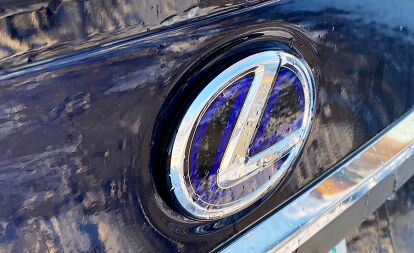

















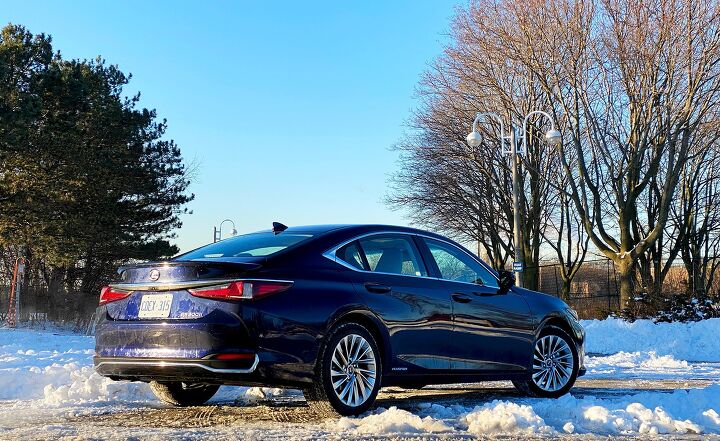


















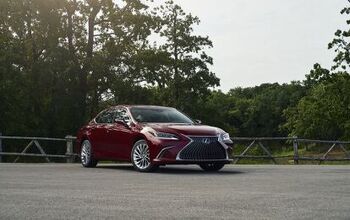
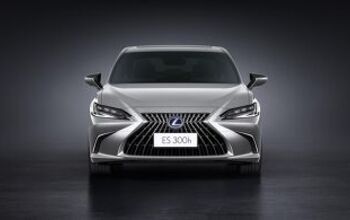
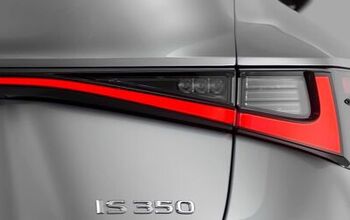
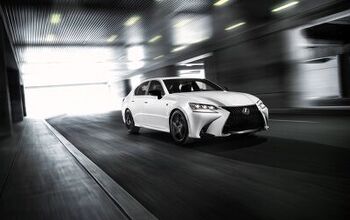
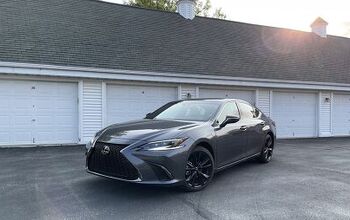




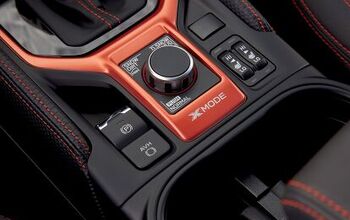




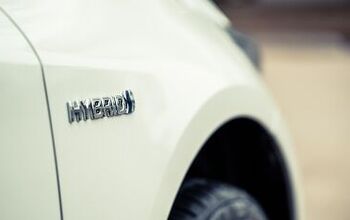
Comments
Join the conversation